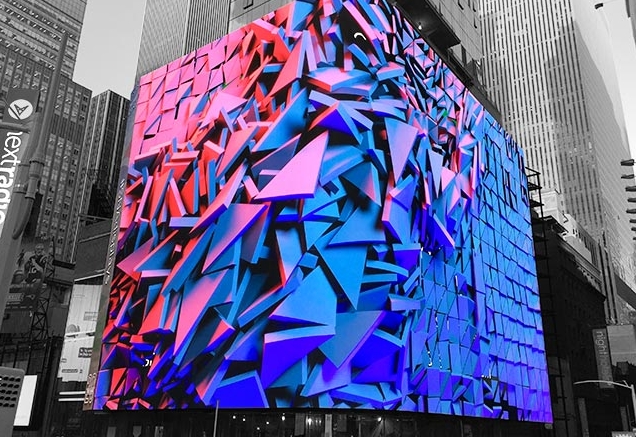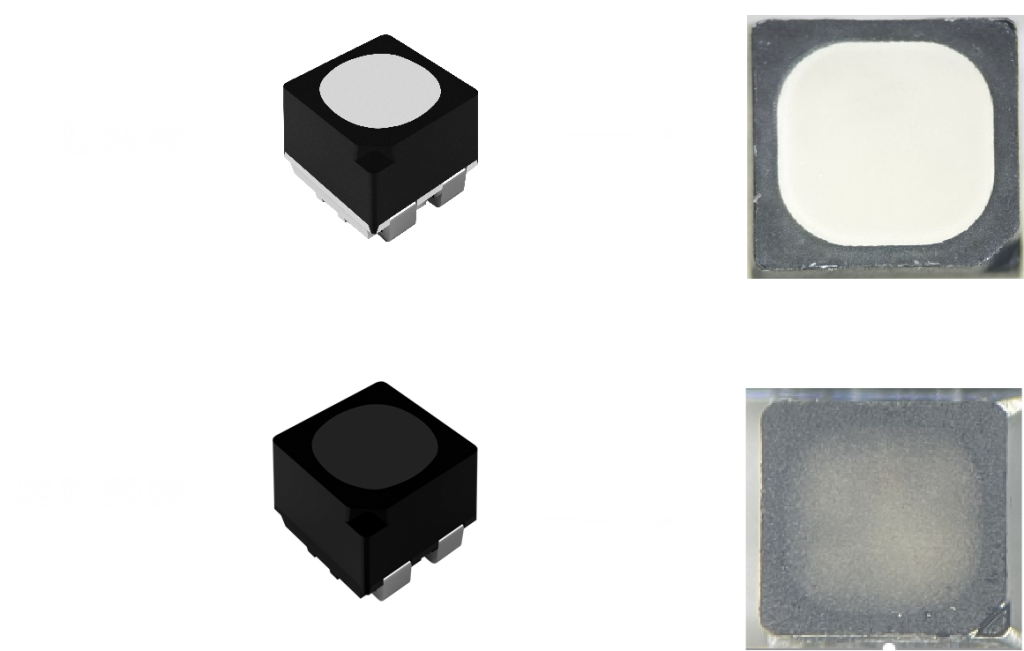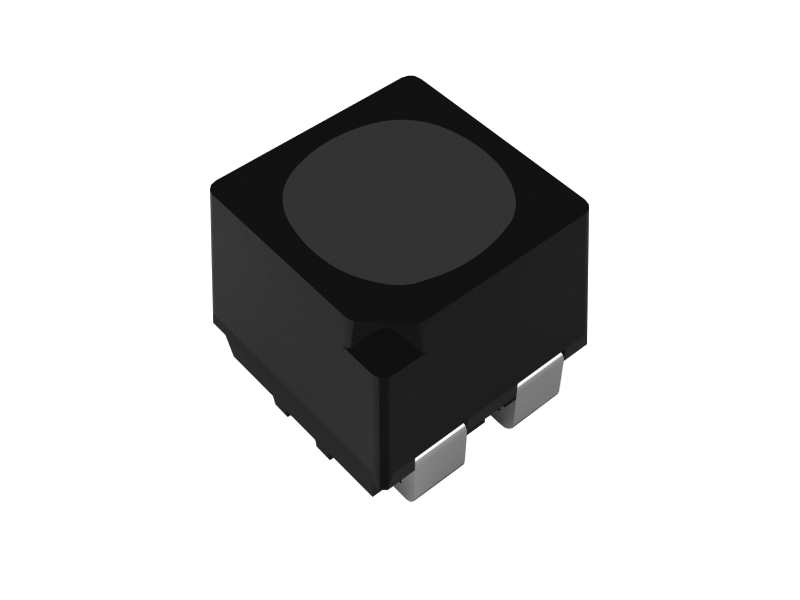In the digital era, LED displays have become deeply integrated into our daily lives. From public announcements to commercial advertising, and from stage backgrounds to virtual backdrops, LED screens play an increasingly vital role. As LED applications expand into cutting-edge scenarios like naked-eye 3D and XR virtual production, a subtle yet important visual distinction arises—some LED displays appear pure black on the surface, while others have a relatively brighter, grayish-white appearance.

LED Screens can be seen everywhere.
This visual difference stems from the LEDs themselves—specifically, the contrast between white shell and black shell LEDs. In this article, we’ll explore the transition from gray-white to pure black, the key differences between these two types of LEDs, and how black shell LEDs are setting a new standard for high-end LED displays.
Let’s first define what white shell and black shell LEDs are.
The terms refer to the color of the LED shell when the LED is off. White shell LEDs appear light gray or white, while black shell LEDs have a deeper, purer black surface. These visual differences originate from the materials used: white shell LEDs use white-colored frames for packaging the LED chips, whereas black shell LEDs use black frames.
Historically, white frames were more common, as they reflected internal light more effectively—compensating for lower brightness levels in early LED technology. However, with today’s brighter LED chips and growing demands for image quality, black frames are now increasingly favored. They reduce internal light reflection and absorb ambient light, helping minimize visual interference and significantly enhancing display contrast and color accuracy.

Kinglight white shell LED and black shell LED
So why do most premium LED displays today use black shell LEDs?
The answer lies in three core performance benefits:
Black shell LEDs can achieve contrast ratios exceeding 10,000:1—far surpassing the 5,000:1 or lower ratios typical of white shell LEDs. This allows the display to deliver deeper blacks and richer contrast between whites, creating a stronger sense of depth and layering that enhances visual detail and overall image quality.
White shell LEDs tend to reflect light from their white shells, which can distort darker colors and affect color accuracy. In contrast, black shell LEDs maintain a clean color output by minimizing such reflections, resulting in truer, more vivid colors—ideal for high-end scenarios where precision matters.
To achieve brightness levels on par with white shell LEDs, black shell LEDs are often equipped with larger, more powerful chips. These not only enhance durability but also ensure consistent brightness over time. The result is a display that maintains uniformity and reliability, even during extended operation.

LED screen contrast ratio comparison
Despite the advantages of black shell LEDs, both types still coexist in the market, each suited to different applications.
White shell LEDs are preferred in environments where brightness is the priority and color fidelity is less critical—such as outdoor billboards, government signage, and public information displays. These scenarios require wide viewing angles, high luminance, and cost efficiency.
Black shell LEDs, on the other hand, are the top choice for premium settings like art exhibitions, stage rentals, showrooms, and film production. Their enhanced contrast and color reproduction offer immersive visual experiences that align with the demands of these high-end applications.
As the demand for superior image quality grows, black shell LEDs are gaining traction across the industry. Kinglight’s 1820 Black shell LEDs have been engineered specifically for rental, fixed-installation, and transparent screen applications, addressing key pain points such as low brightness, dim side views, and reflective surfaces.

Kinglight 1820-BB series black shell LEDs
The 1820 black shell LED features a matte black frame with fogged epoxy encapsulation, enhancing ambient light absorption and boosting both contrast and color fidelity. Its matte coating reduces surface reflections, ensuring consistent display performance under high-brightness conditions.
The deep black background of the 1820 LED improves color saturation and concentrates light distribution. This ensures high pixel precision and strong resistance to ambient light interference, allowing for vivid, true-to-life colors.
Thanks to improvements in materials, structure, and manufacturing, the 1820 black shell LED delivers over 25% higher brightness compared to previous models—while keeping power consumption in the efficient 550–600W range. This strikes a balance between performance and energy savings.
With its superior contrast, color accuracy, and long-term stability, the Kinglight 1820 black shell LED is an ideal solution for users seeking premium visual performance. As high-end LED applications continue to evolve, black shell LEDs are poised to lead the next generation of display technology.